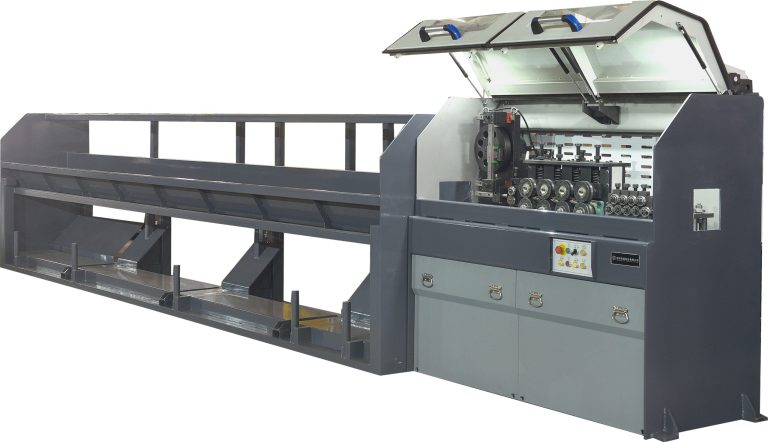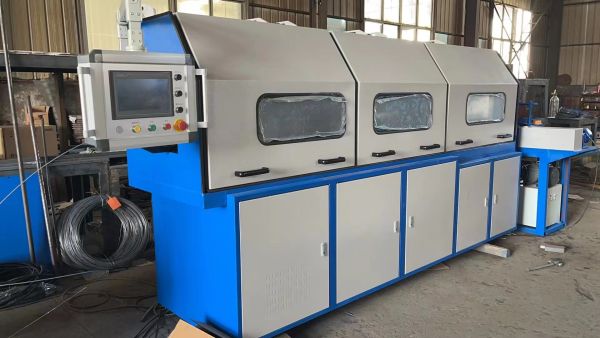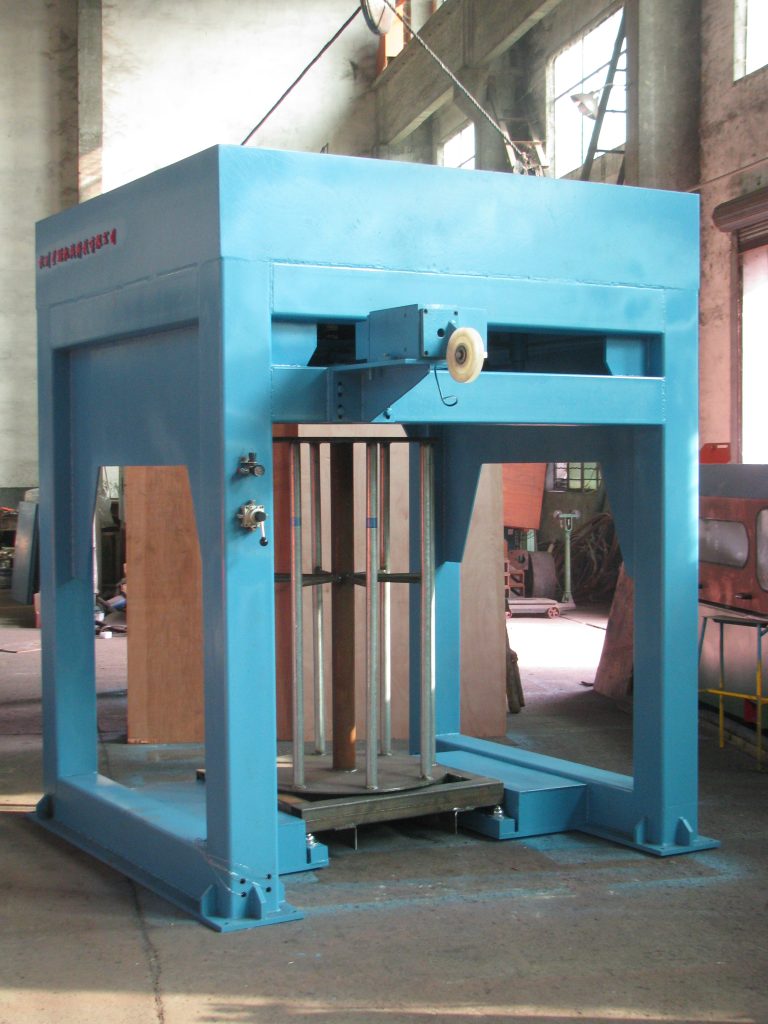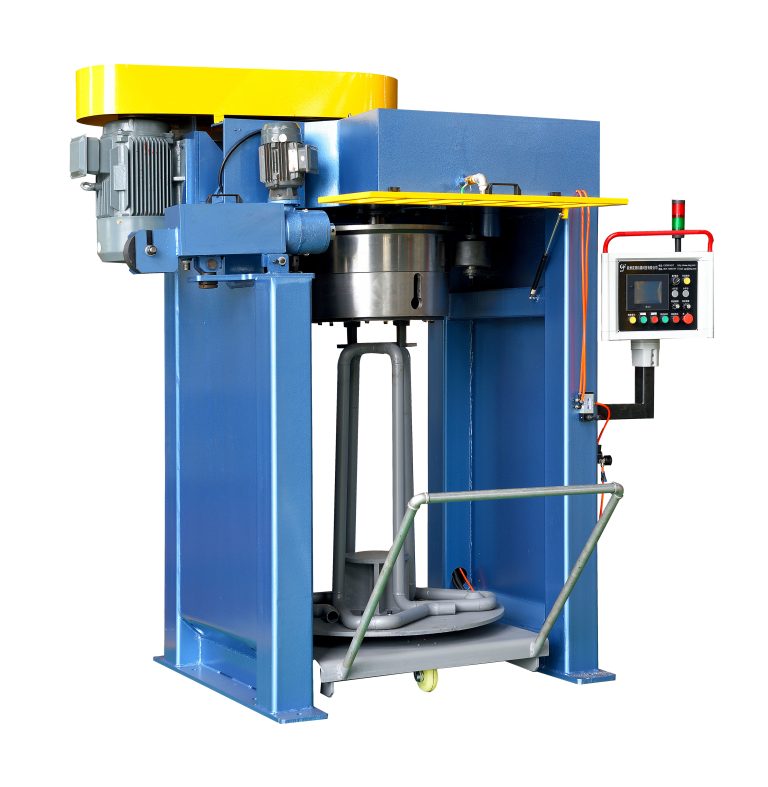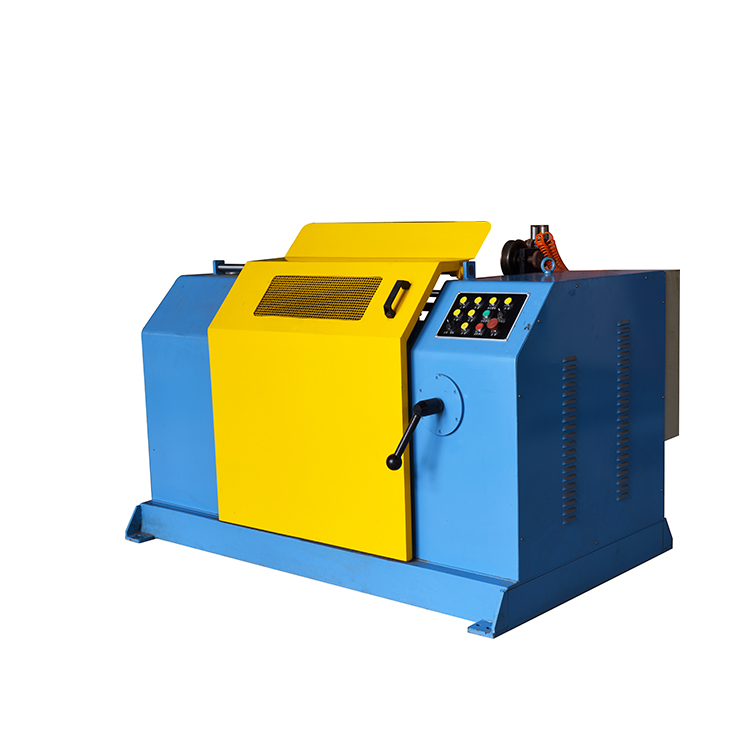Table of Contents
Common Issues and Troubleshooting Tips for Butt Welder Machines
Butt Welders are essential tools in various industries for joining two pieces of metal together. However, like any other machine, they can encounter issues that may affect their performance. In this article, we will discuss some common problems that butt welder machines may face and provide troubleshooting tips to help you resolve them.
One common issue that Butt Welding For Wire Joining may experience is overheating. This can be caused by a variety of factors, such as a dirty or clogged cooling system, a malfunctioning thermostat, or excessive use of the machine. To troubleshoot this issue, start by checking the cooling system and cleaning any debris that may be blocking the airflow. If the thermostat is faulty, replace it with a new one. Additionally, try to limit the use of the machine to prevent overheating.
Another common problem with butt welder machines is electrode sticking. This occurs when the electrode becomes stuck to the workpiece during the welding process, making it difficult to remove. To address this issue, first, check the electrode for any signs of wear or damage. If the electrode is in good condition, try adjusting the welding parameters, such as the welding current or pressure, to prevent sticking. You can also apply an anti-stick coating to the electrode to reduce the likelihood of it sticking to the workpiece.
Poor weld quality is another issue that may arise with butt welder machines. This can be caused by a variety of factors, such as improper alignment of the workpieces, insufficient pressure or current during welding, or contamination of the weld area. To troubleshoot this problem, start by ensuring that the workpieces are properly aligned before welding. Adjust the welding parameters, such as pressure and current, to achieve the desired weld quality. Additionally, clean the weld area thoroughly to remove any contaminants that may affect the weld quality.
Inconsistent welds are another common issue that butt welder machines may encounter. This can be caused by factors such as uneven pressure or current distribution, improper alignment of the workpieces, or worn electrodes. To address this problem, check the pressure and current distribution across the weld area to ensure consistency. Properly align the workpieces before welding to prevent inconsistencies. If the electrodes are worn, replace them with new ones to improve the weld quality.

Finally, a lack of power or a failure to start is another issue that butt welder machines may face. This can be caused by a variety of factors, such as a faulty power supply, a blown fuse, or a malfunctioning control panel. To troubleshoot this problem, check the power supply and replace any blown fuses. Inspect the control panel for any signs of damage or malfunction and repair or replace it as needed. Additionally, ensure that the machine is properly connected to a power source and that all safety features are engaged before starting the machine.
In conclusion, butt welder machines are valuable tools in various industries for joining metal pieces together. However, they may encounter issues that can affect their performance. By understanding common problems and implementing troubleshooting tips, you can effectively address these issues and ensure that your butt welder machine operates efficiently.
How to Properly Maintain a Butt Welder Machine
Butt welder machines are essential tools in various industries for joining metal pieces together. To ensure the longevity and efficiency of these machines, proper maintenance is crucial. Regular maintenance not only extends the lifespan of the equipment but also ensures that it operates at its optimal performance level. In this article, we will discuss some key maintenance tips for butt welder machines.
One of the most important aspects of maintaining a Wire Butt Welding Machine is keeping it clean. Dirt, dust, and debris can accumulate on the machine’s components, leading to decreased performance and potential damage. Regularly cleaning the machine with a soft brush or cloth can help prevent these issues. It is also important to clean the welding electrodes and clamps to ensure a proper connection during the welding process.
In addition to keeping the machine clean, it is essential to inspect the components regularly for any signs of wear or damage. Check the welding electrodes, clamps, and other parts for any cracks, corrosion, or other issues that may affect the machine’s performance. Replace any damaged or worn parts immediately to prevent further damage to the machine.
Another important maintenance tip for butt welder machines is to lubricate the moving parts regularly. Lubrication helps reduce friction and wear on the machine’s components, ensuring smooth operation. Use a high-quality lubricant recommended by the manufacturer and follow the instructions for proper application. Be sure to lubricate all moving parts, such as the welding head, feed rollers, and clamps, to keep the machine running smoothly.
It is also important to check the machine’s alignment regularly. Misalignment can lead to poor weld quality and potential damage to the machine. Use a straight edge or laser alignment tool to check the alignment of the welding head and other components. If any misalignment is detected, adjust the machine’s settings or components to correct it.
Regularly calibrating the machine is another important maintenance task. Calibration ensures that the machine is operating at the correct settings for optimal performance. Follow the manufacturer’s guidelines for calibration and make any necessary adjustments to ensure accurate and consistent welds.
In addition to these maintenance tasks, it is important to follow proper safety procedures when using a butt welder machine. Always wear appropriate safety gear, such as gloves, goggles, and a welding helmet, to protect yourself from potential hazards. Follow all safety guidelines provided by the manufacturer and never operate the machine if you are unsure of how to use it properly.
By following these maintenance tips, you can ensure that your butt welder machine operates at its best and lasts for years to come. Regular cleaning, inspection, lubrication, alignment checks, and calibration are essential for keeping the machine in top condition. Remember to always prioritize safety when using the machine and seek professional help if you encounter any issues that you are unable to resolve on your own. Proper maintenance is key to getting the most out of your butt welder machine and ensuring high-quality welds every time.

